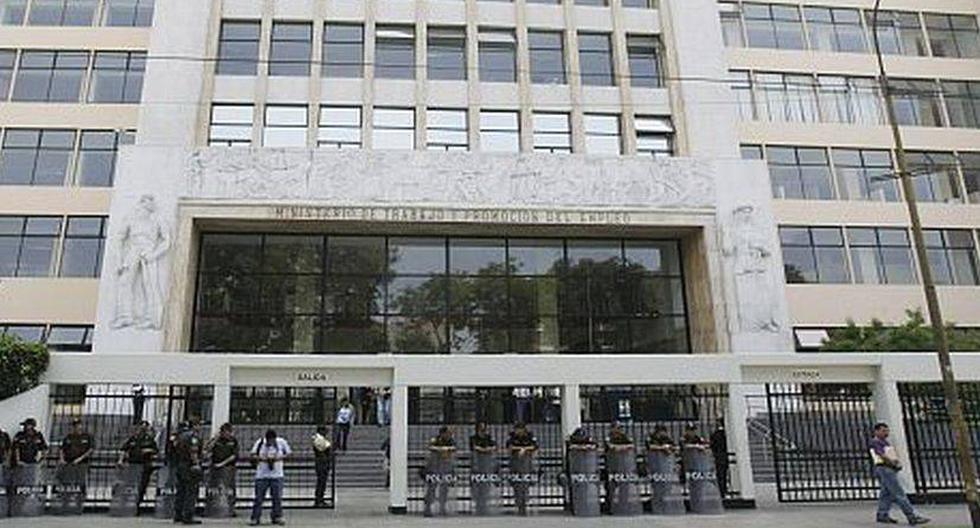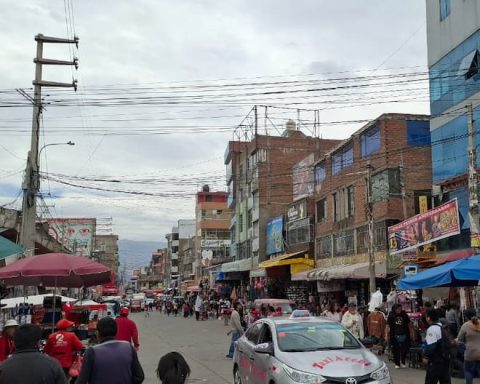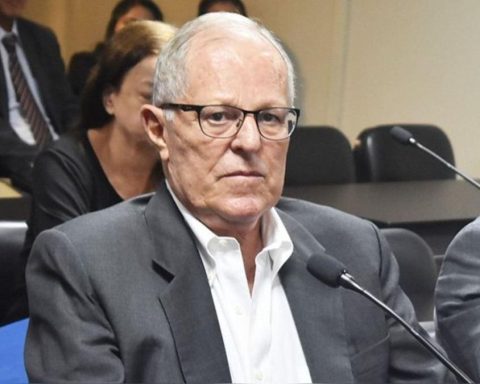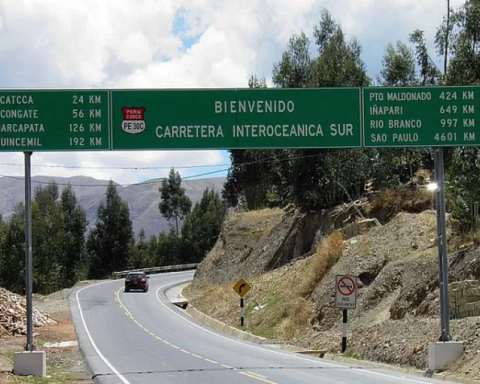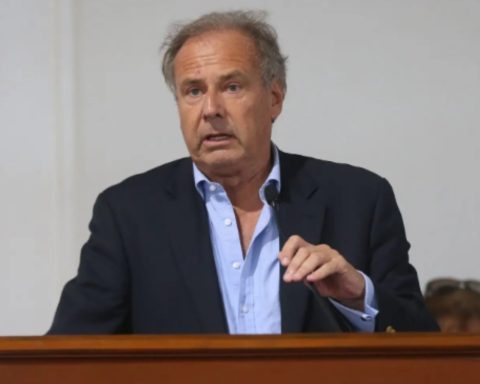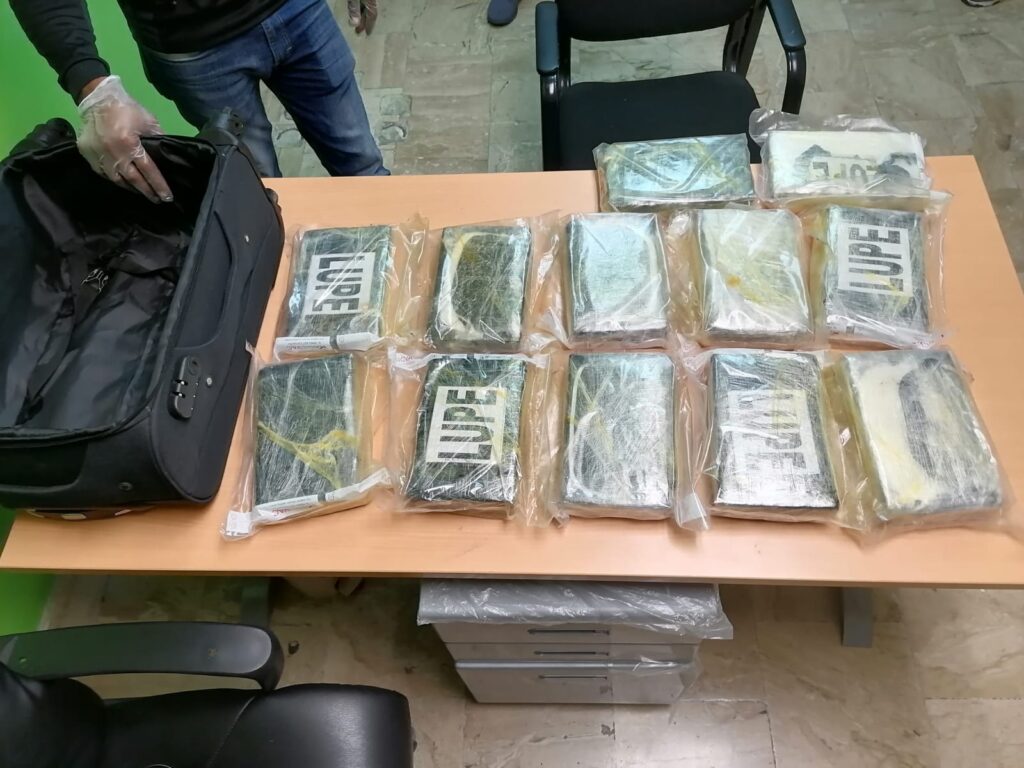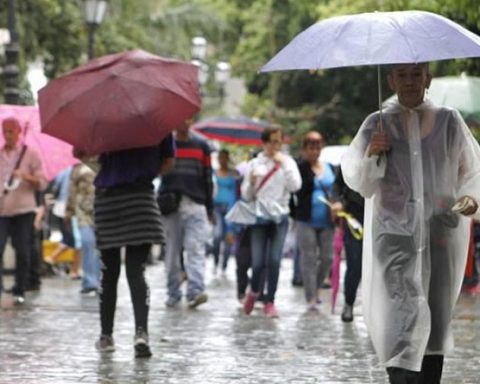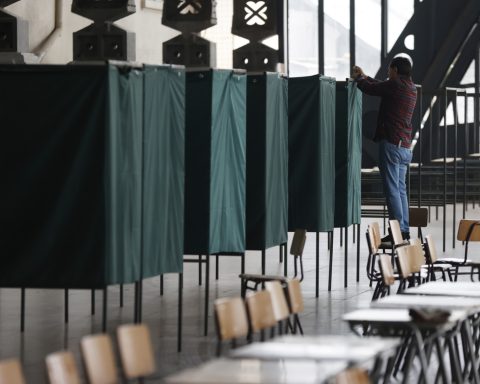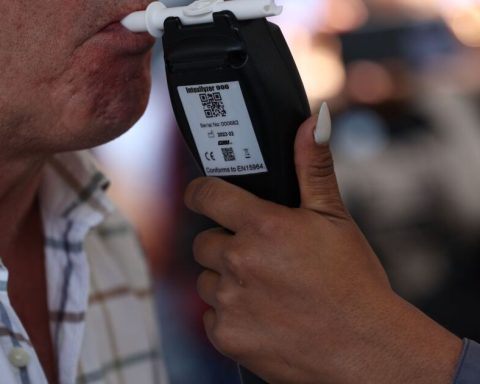The last few weeks have not only been characterized by the political crisis that culminated in the fall of the cabinets of Mirtha Vásquez and Héctor Valer, but also by the return of the debate on the increase in the minimum wage.
However, although the issue was expected to be addressed on the last Friday of January in the National Labor Council (CNT), its discussion did not take place, but a proposal for a differentiated minimum wage was announced. Is it time to establish differentiated minimum remuneration or define its increase?
On the same Friday, January 28, the head of the Ministry of Labor and Employment Promotion (MTPE), Betsy Chavez, explained that the increase in the RMV had not been discussed due to agenda items in the CNT, which is made up of representatives of business associations and unions. However, he stated that in the MTPE they have designed a proposal to establish differentiated minimum wages and that the initiative was going to be presented that same day. This was not possible because the unions proposed their own work agenda, the same one that was accepted by the union representatives.
Although the Minister of Labor announced that the task of her sector will be to socialize her proposal with the business associations and workers’ unions, she did not give further scope on the differentiated RMV scheme.
MAGNIFICATION UNDER LOUPE
The labor lawyer and partner of Damma Legal Advisors, Germán Lora, considers that it will be important to know if the increase in the RMV will be differentiated by company or by region and if this means a partial increase for Lima or for other cities. And as for the virtual increase in the minimum wage, he stressed that the Government’s intention to establish a base remuneration that is equal to or greater than S / 1,000 is evident.
“The increase in the RMV has to be supported by technical issues. What is worrying is that the Executive Branch already generated an increase through the subsidy of S/210, on the basis of understanding that they were for January, February and March, and that as of March no Peruvian, as the president said, could win. less than a thousand soles. So, regardless of whether or not the economic situation allows an increase in the RMV, it seems that, if nothing unusual happens, the Government’s position is going to be to increase (the minimum wage) to at least a thousand soles,” he warned.
The debate regarding whether or not it is time to increase the minimum wage has always been present inside and outside the CNT, and in Lora’s eyes the technical evaluation has not prevailed. “It has always been (a decision) political, either because the Government was starting, because the Government was in crisis, it has always been political and today we have a Government in an extreme crisis. And what better than to increase the RMV? ”, He commented.
“The formulas have to do with inflation, with productivity. The only problem is that if the formula establishes, for example, that it should be raised to S/1,100, is it the time to do it?” says Lora, alluding to the impact that the pandemic has had on hundreds of thousands of micro, small and medium-sized companies, and even the largest ones, causing a severe drop in the quality of employment and a clear growth in the informality.
greater clarity
Unlike Lora, for the former Vice Minister of Mype and Industry and former Director of Employment Promotion, Javier Dávila, although the decisions to increase the RMV are political, since they are made by the President of the Republic, “the number (amount to increase) that comes out is one that respects the formula with the difficulties it has”. And with difficulties it refers to how the factors that enter it are evaluated and measured: productivity and inflation.
“The first is the projected core inflation for the year in which the increase will be made (and which excludes all products that have high variability). This is estimated by the Central Reserve Bank (BCR), and then productivity is worked on”, explains Dávila, and points out that when it comes to productivity, capital and labor are the two elements to measure. However, the main problem, he adds, is the quality of the information available.
“There are various studies that determine different values that in the end force you to have calculations that numerically make your productivity different (…). The INEI has information, the BCR calculates something else, and there are studies by good economists that have different values for these variables”, comments Dávila.
It is mainly due to this that on several occasions it is possible to obtain different results depending on how productivity is measured and the information used for it. “Unfortunately, that is something that has not been able to be fixed because the discussion (in the CNT) finally ends up being ‘I look for the value that suits me best,’” says Dávila, alluding to both union and trade union representatives.
In this context, one way out that would at least facilitate the revision of the RMV and avoid deadlocks would be the establishment of a clear methodology. This is highlighted by the former vice minister. “Worse is what is happening now, that a discussion begins and in the end the values that can be taken are not known,” he asserted.
Keep in mind
-78.2% of the economically active population has been affected by labor informality in the last 12 months until September 2021, according to the INEI. This means that eight out of 10 Peruvians work in these harsh conditions. The increase in the RMV could increase informality, according to experts.
-Working informally for these people implies a partial or total lack of benefits such as access to Essalud, an EPS or being able to make contributions to the pension system through their employer.
